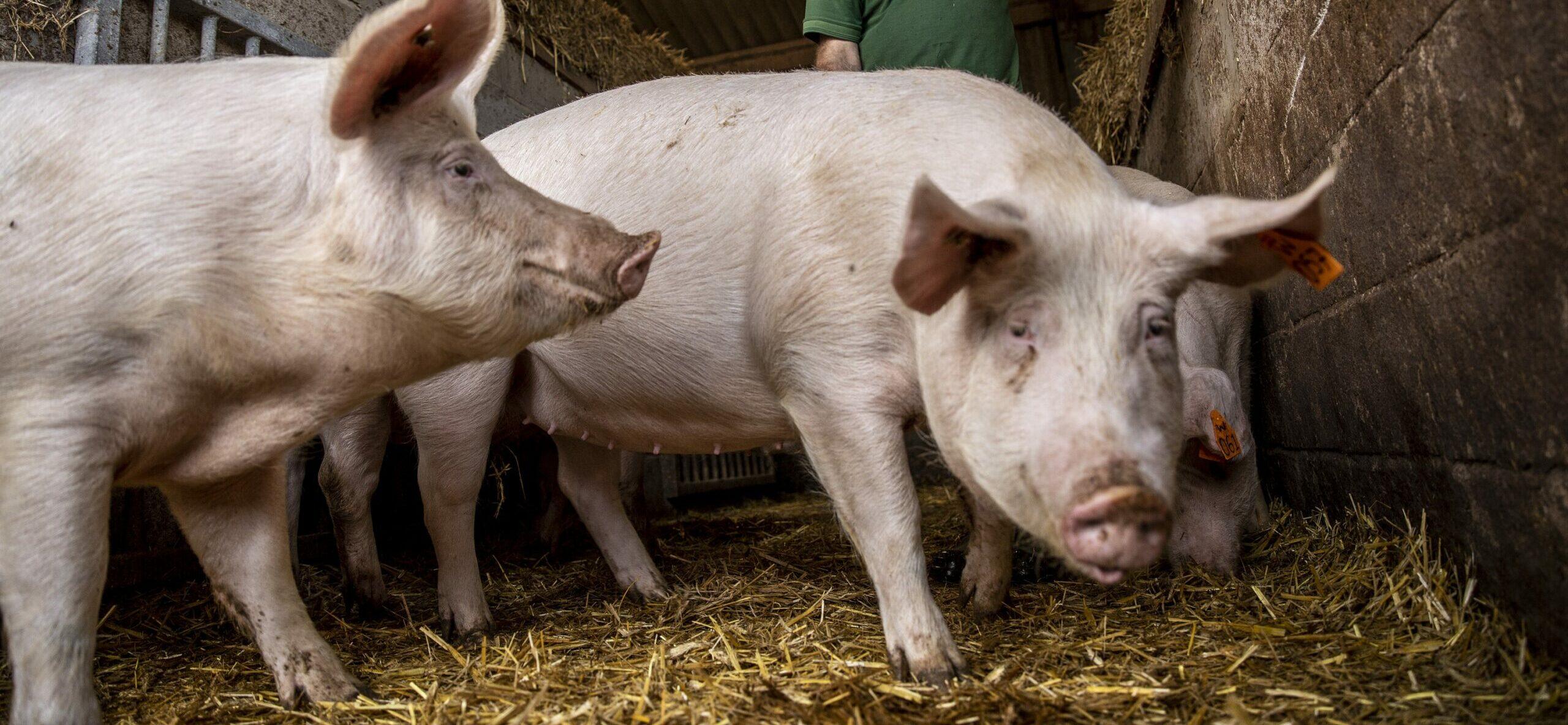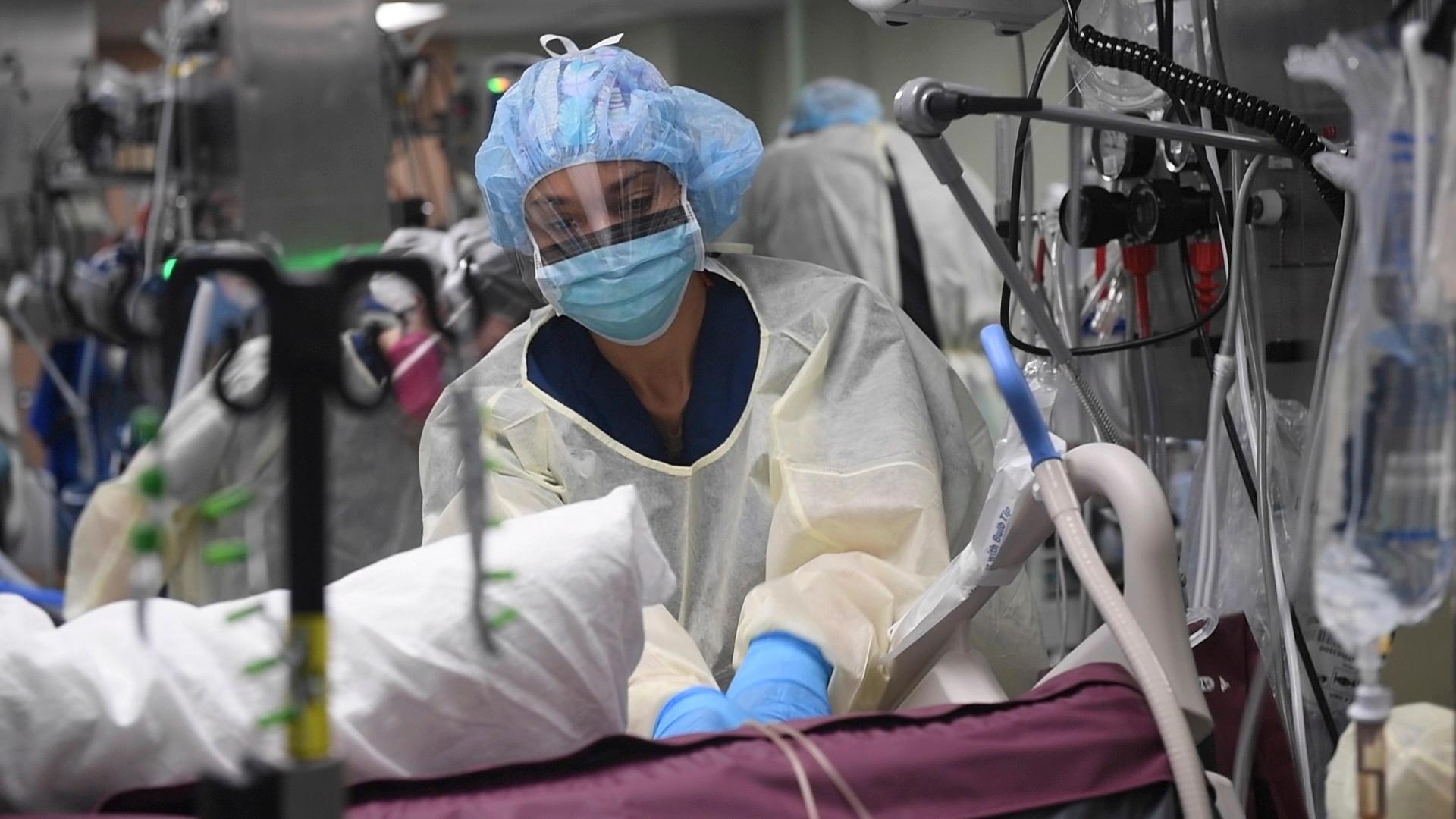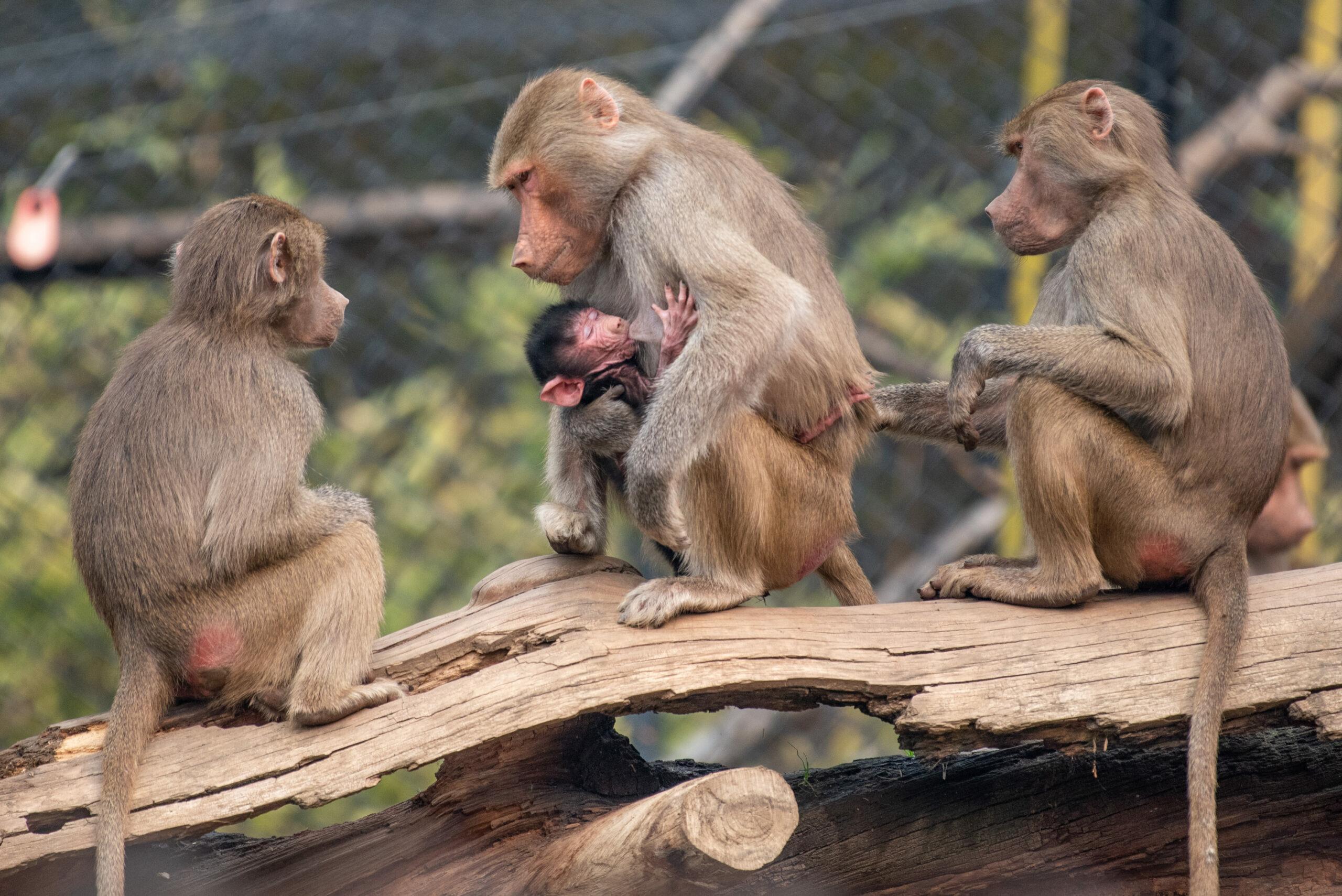First Pig-To-Human Heart Transplant Sparks Hope For Organ Transplants
By Kristin Myers on January 11, 2022 at 8:04 AM EST

American Dave Bennett, 57, wasn’t sure what to think when he first was told about the experimental organ surgery.
The man, who hails from Maryland, agreed to replace his heart with a pig's heart for the experimental surgery that took over nine hours to perform. It should be noted that this wasn’t just any pig heart. This was a heart from a one-year-old, 240-pound pig that had been bred and gene-edited specifically for this purpose.
Bennett has had the pig’s heart in his chest for four days now, and so far, he is doing just fine!
Bennett’s Son Says The Surgery Is ‘Nothing Short Of A Miracle’

Dave’s son, David, said that “This is nothing short of a miracle. That’s what my dad needed, and that’s what I feel like he got.”
Although Bennett is breathing on his own without the assistance of a ventilator, he still is being supported by an Extracorporeal Membrane Oxygenation (ECMO) machine to help pump blood throughout his body. The ECMO machine works by inserting a plastic tube into a large vein or artery through the neck or chest, which allows the patient’s blood to flow in and out of the machine. Doctors plan to slowly ease him off of the machine once they are sure he is stable.
According to his son, Bennett began having severe chest pains last October. Otherwise, he was reported to be mostly healthy throughout his life. A physical therapist at the University of Maryland Medical Center said that Bennett’s symptoms of severe fatigue and shortness of breath were so severe that he could not walk up three steps on his own.
Bennett spent months trying to save his own heart, to no avail. He was not able to get an artificial heart pump installed because of his uncontrollable arrhythmia. Immediately, Bennett knew that the statistics were against him. Over three thousand Americans qualify for a heart transplant, and approximately twenty percent of those who are added to the waitlist pass away before a new heart becomes available.
Although Bennett did not qualify for a heart transplant because he did not follow doctor’s orders and had missed medical appointments, he realized that the experimental surgery might be the only way that he was going to get to leave the hospital.
“He knew that this was his best option,” David said. “He’s a fighter and has a desire to live.”
The History Of Gene-Editing Pig Organs Started In Baboons

The University of Maryland Medicine team, which is co-led by Dr. Muhammad Mohiuddin, is no stranger to gene-editing pigs, although this is the first time that they tried the procedure in a human being.
The medical team already had experience keeping animals like baboons alive for as long as nine months. Although the baboons did pass away less than a year after the surgery, it was said that they died of something other than an immune rejection. Even still, it does little to help the scientific data to show how long baboons can live with a genetically modified pig heart.
Mohiuddin joked that taking care of a patient in a hotel room is “much, much easier than taking care of a baboon.”
Before they could place the pig heart inside of Bennett, they first had to get approval from the United States Food and Drug Administration. They had to answer many questions about Bennett… and about the pig who would be donating its heart.
The pig, who remained unnamed, was provided by a Blacksburg, Virginia, company called Revivicor, which specifically raises genetically modified pigs with the hopes that their organs will one day be able to be used for transplant.
There are over 100,000 genes in a pig, and Mohiuddin requested that they only change ten of them in order to make the pig heart adaptable to live inside a human’s body. Three genes that might have caused an immune rejection were turned off, and six human genes were added to reduce the risk of rejection and prevent the blood from coagulating. Scientists also turned off another final gene to prevent the pig from growing too large.
Although the pig that donated its heart was 240 pounds, it would have likely weighed around 450 pounds if that gene had not been turned off. Scientists have learned through various studies, that, with that gene in place, the organ would have kept growing. In the case of baboons, the transplanted pig hearts eventually got to a point where they grew too large for their chests.
Although no one has been kept alive with an organ from a gene-edited animal bred specifically for this purpose before, scientists have their fingers crossed that they are on their way to saving millions of lives with animal-to-human transplants.